By Yiming Li
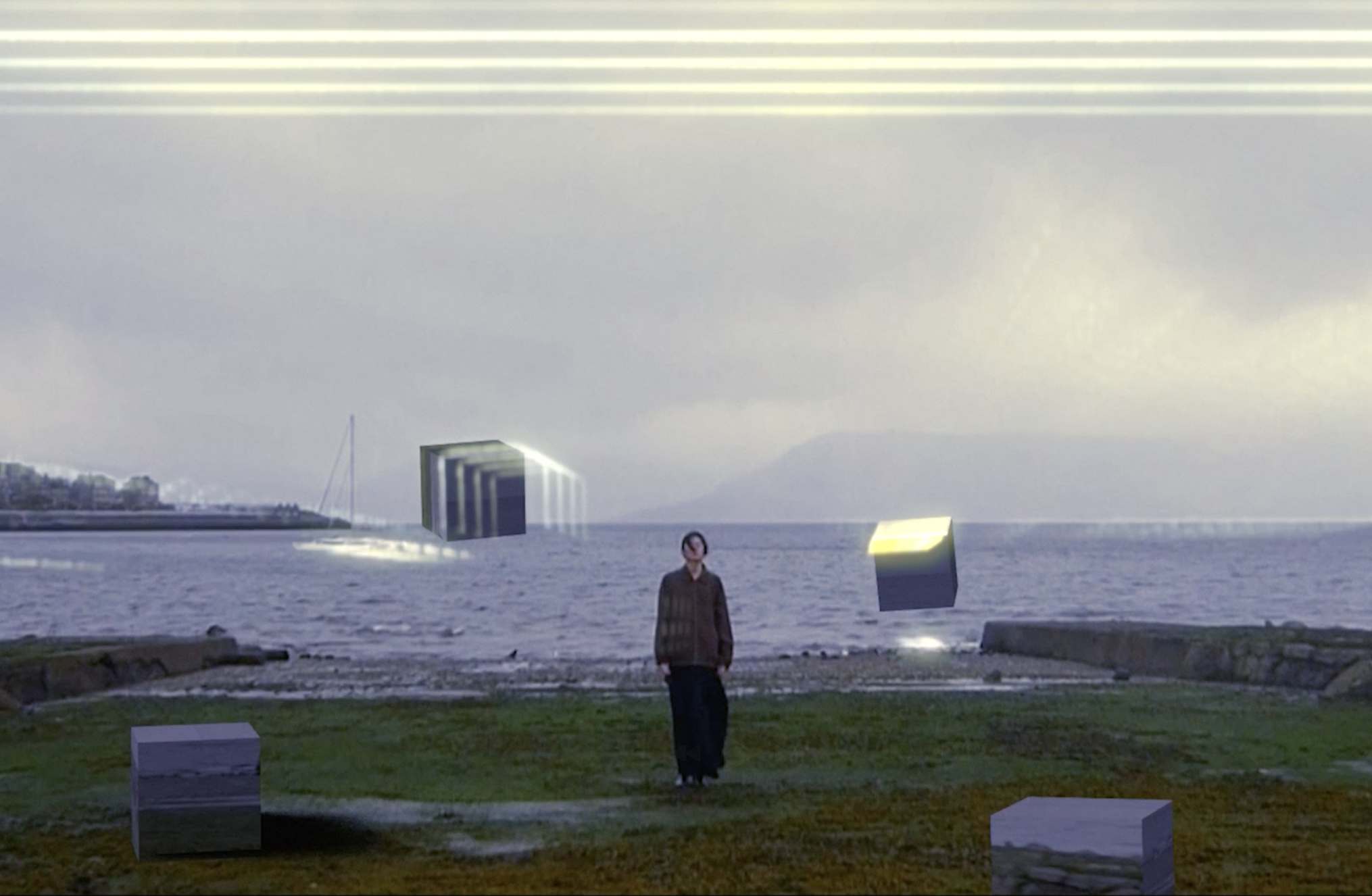
Honestly, what’s there to be sad about? Even if it were the end of the world, I couldn’t do anything about it.
Waynessosad — “Today’s Headlines“
Art is the continuation of life, and life is the culmination of art. I’ve always believed this. “Creativity”—I prefer to call it the collection of one’s life experiences. My time at art school has swiftly reached its third year, and I now feel more inclined to express things that resonate deeply with me. This project prompted much reflection. The final piece is a short video—a reflection. It reflects my contemplation of “what kind of art I should create,” and it reflects myself.
I cannot recall when it began, but I have grown accustomed to jotting things down. I call them “feelings”—perhaps mere whining—yet these disjointed, incoherent “feelings” seem perpetually to fill and linger in my mind, unconsciously leaving traces in some corner of my life. They resemble ripples concealed beneath objective laws, sometimes lying dormant, currents surging beneath the surface; at other times gathering abruptly, erupting with sudden force. I collected them, attempting to weave them into this project.
I’m thrilled we got to film this footage ourselves this time. I did sketch out some storyboards, but what I really wanted were shots that felt authentic and everyday. Last Saturday I headed to Fort Maltida—the storm had just passed, and the beach was practically deserted. The wind was bitingly cold, but I managed to capture a lot of great footage before nearly freezing solid. I’m really pleased with it.
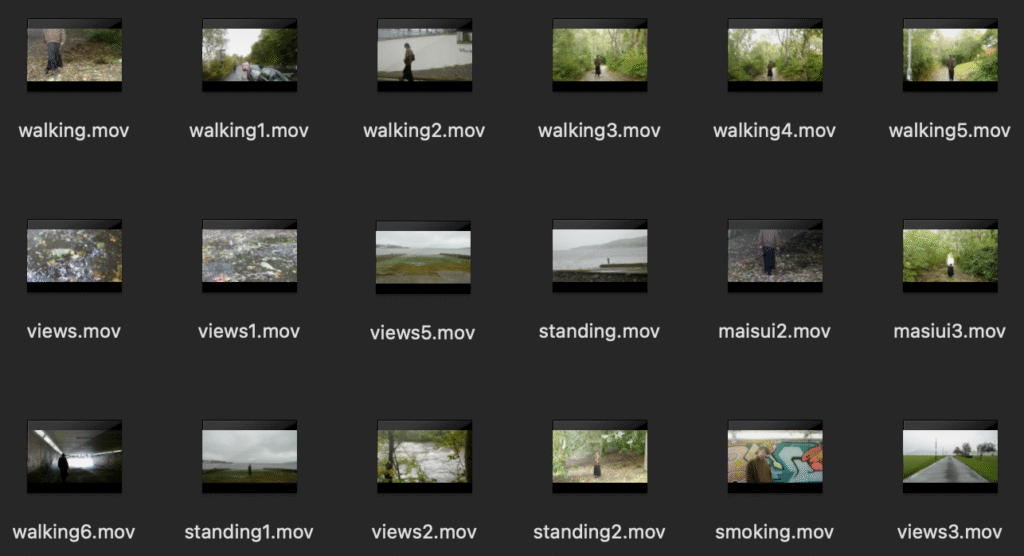
After doing some preliminary organizing, I began to think about how I should edit it—or rather, how I should tell this story.
Reflections.
After the workshops, I began to ponder the extent of effects achievable in After Effects. It’s not just about 2D video editing—I realized that to truly grasp After Effects’ capabilities, I needed to think in three dimensions. This became the primary focus of my project.
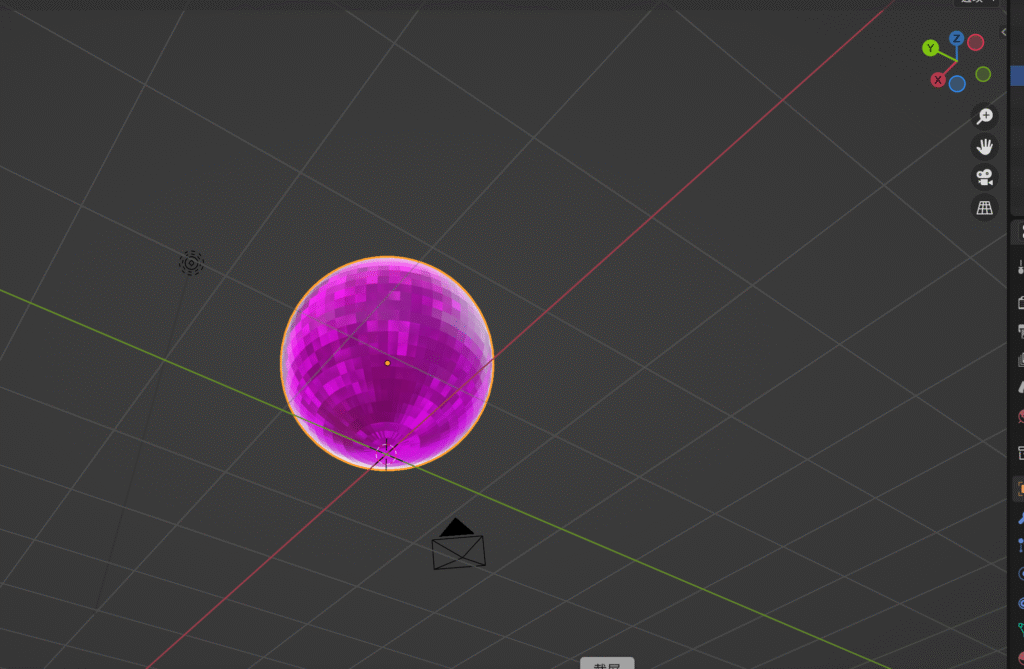
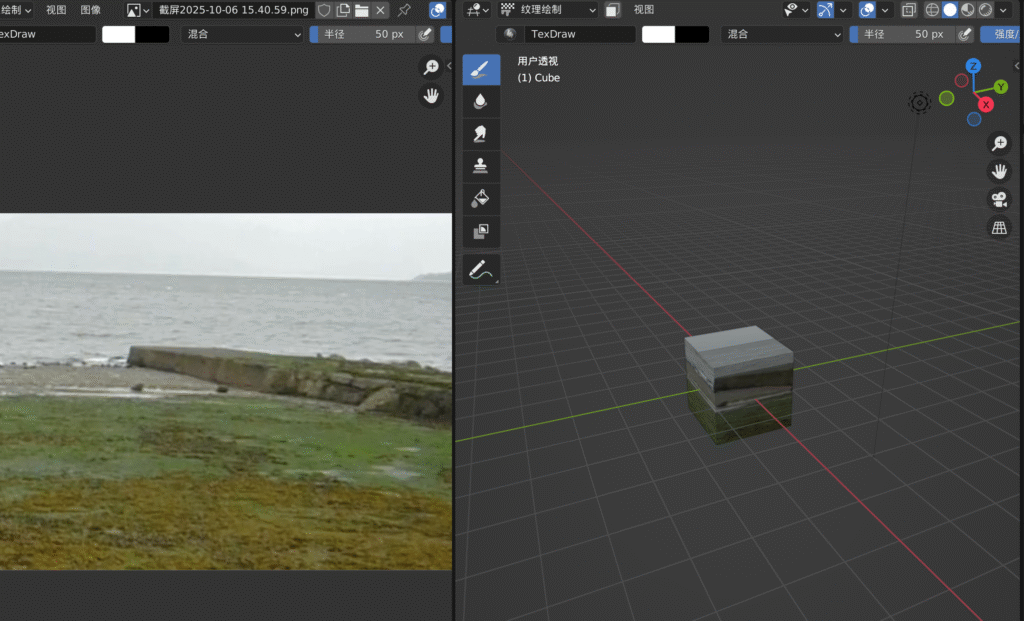
I began creating some simple shapes in 3D software. But why circles and squares? Firstly, I believe they are not merely ordinary geometric forms. In art, squares are often employed to convey a sense of confinement, like shackles, or a sense of order; circles, however, are gentler, more holistic, and to my eye possess a fluid quality. As far as I know, many artists adopt this approach, using these “ordinary” things to emphasise something “extraordinary”. Thus, combining the two allows for a more nuanced expression of my relationship with these “trivialities”.
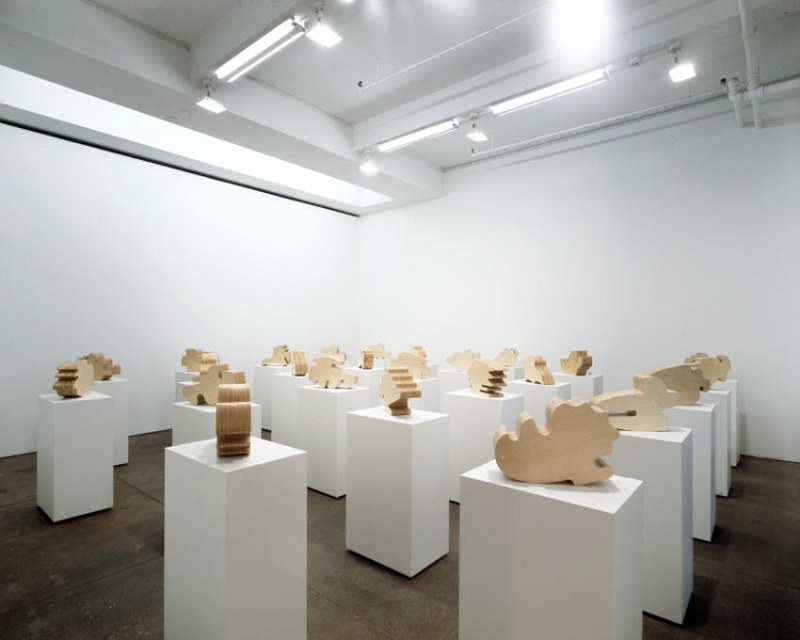
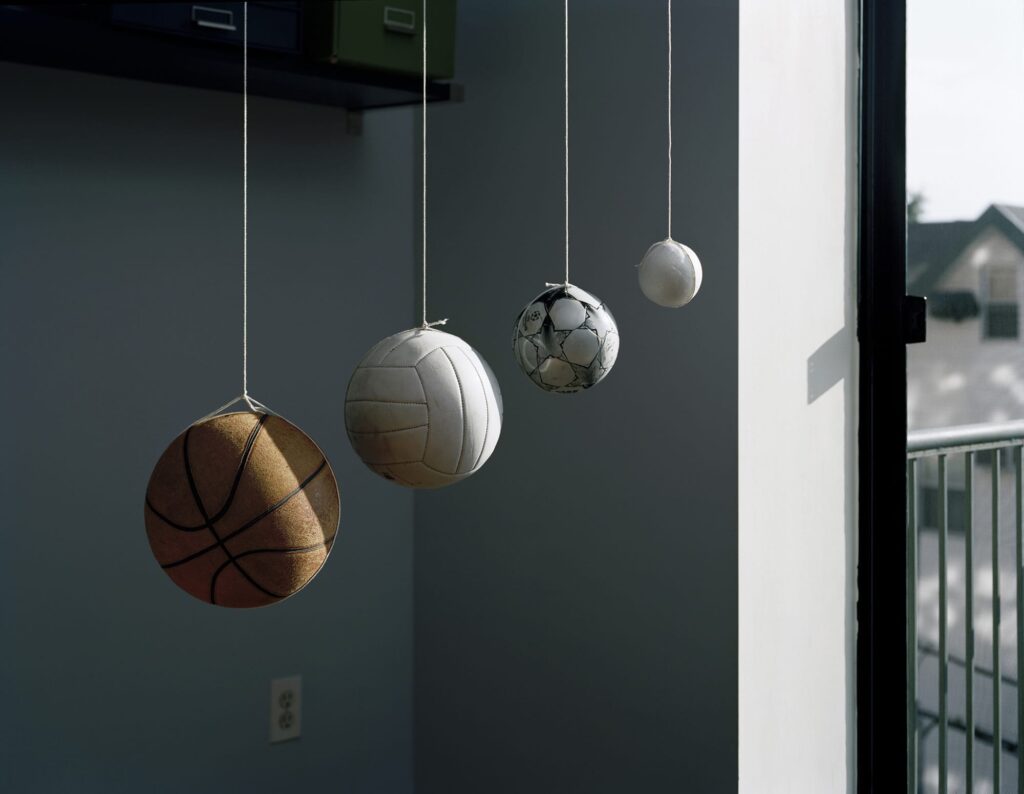
I extracted portions of the scene to use as their materials. I didn’t make many changes, only adjusting the transparency and roughness to make them appear smoother. This allows them to blend more seamlessly into the scene. Though I’m unsure whether After Effects can read the texture information from the materials, I proceeded regardless. Fortunately, the final result turned out rather well.
Construction.
The next step is to integrate them into the scene. Here I should clarify that, setting aside the editing aspects of Premiere Pro, I primarily employed just two techniques in After Effects: camera tracking and the Roto brush. That said, my application of the former proved considerably more flexible and versatile. Yet all these skills were acquired through my coursework, which I shall elaborate upon in the following sections.
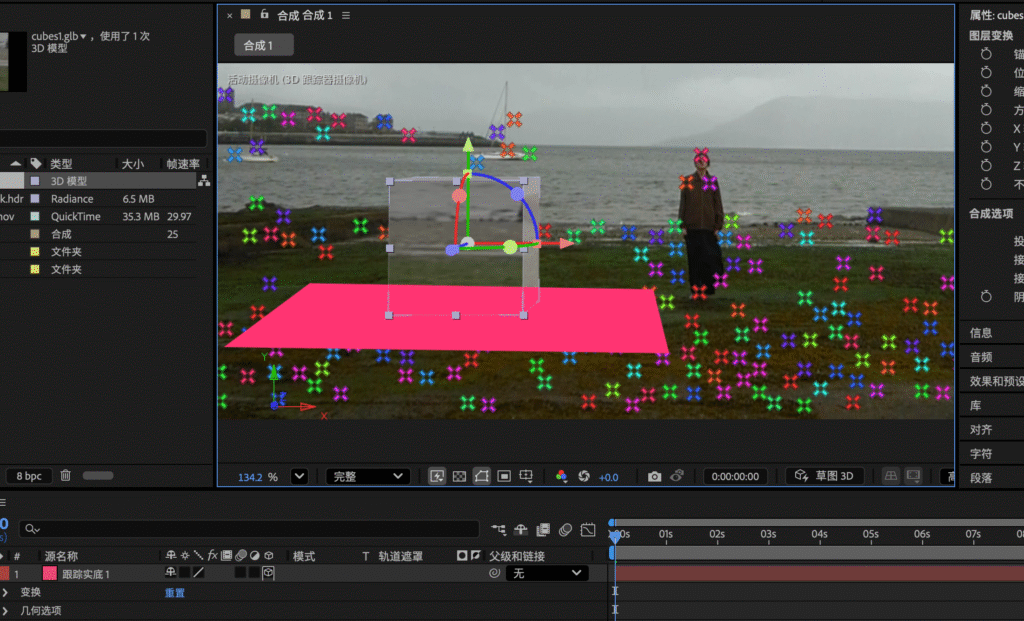
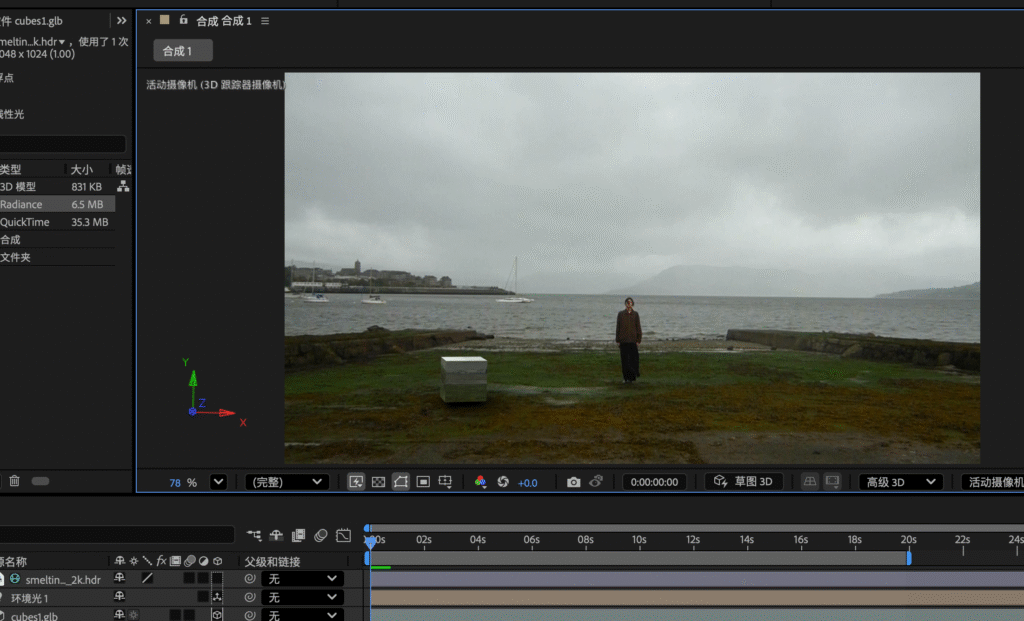
After automatic analysis and camera tracking, After Effects added sufficient anchor points to my scene. I merely needed to create a solid base plane, an ambient light, and then drag in the 3D objects. While this appears to be a standard modelling workflow, the actual process proved remarkably cumbersome. After Effects is not a conventional modelling software; its understanding of 3D elements is more akin to an “emulation”. I frequently found myself troubled by issues such as disappearing object shadows, solid bases not aligning with objects on the same plane, fluctuations in ambient light intensity and position, and camera tracking path errors. Frankly, these matters drove me to distraction, but thankfully I gradually identified their causes and overcame them one by one.
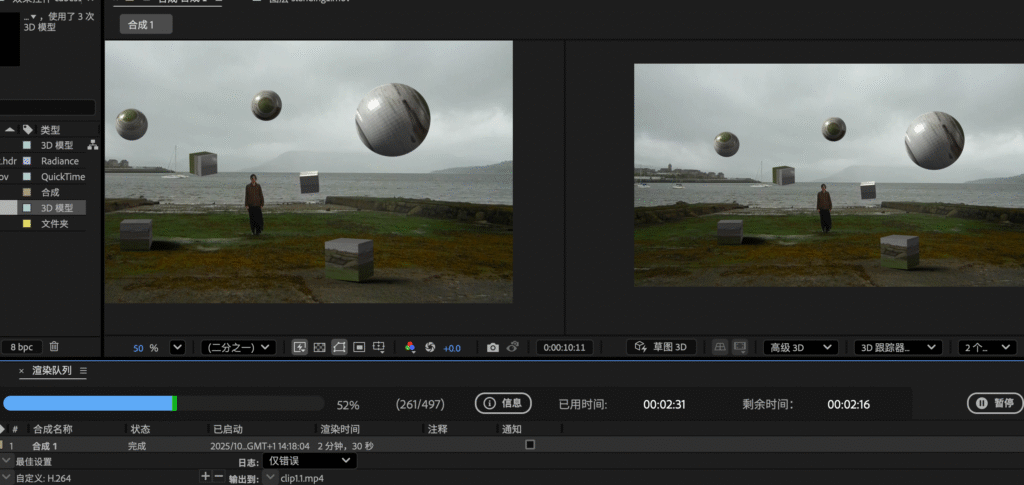
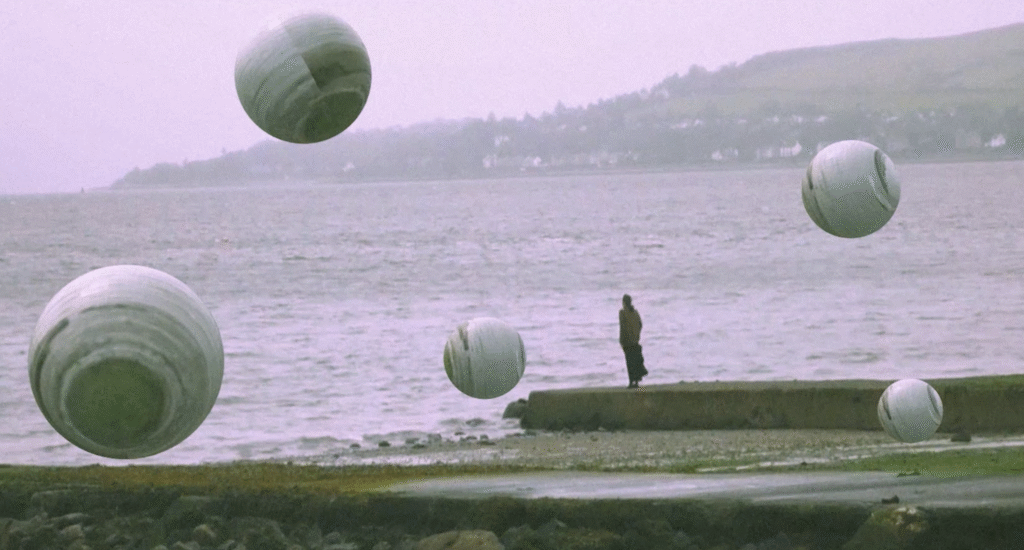
Next came the task of adding more objects to the scene, essentially copying the template. Regarding this part, I see it more as a process of “repetition and accumulation”. Placing multiple similar elements repeatedly is a technique I employ to achieve a psychological effect. It’s quite fascinating, really – these objects dictate the rhythm of the entire composition, indeed the entire project (the video). The more they are repeated, the more oppressive and trivial the feeling becomes. I deliberately avoid portraying them as “art objects”, as I wish to downplay their inherent qualities—volume, edges, light, shadows, arrangement—and instead have them blend into the narrative I’m weaving. Like everyday life, they should feel mundane yet carry an undercurrent of tension.
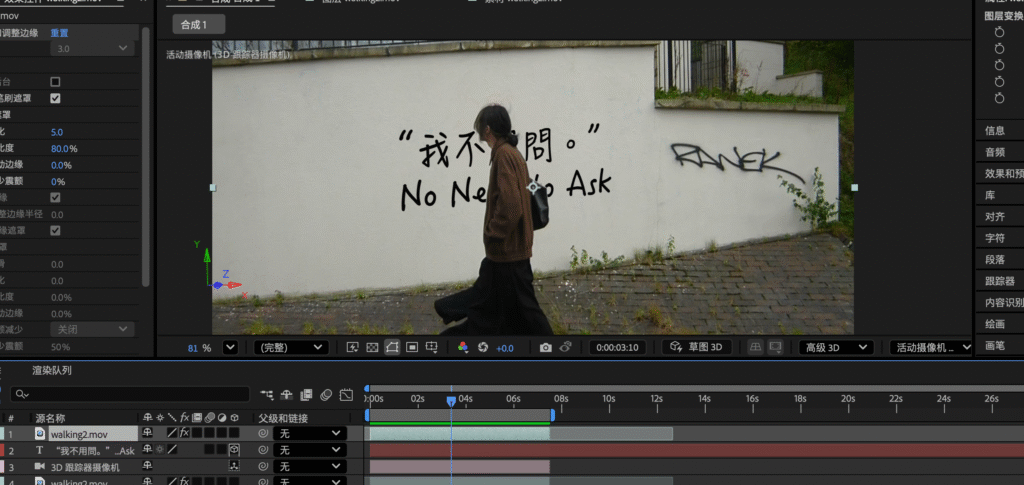
For the other section of tracking cameras, I worked in conjunction with the Roto Brush tool. Here too, I must acknowledge my supervisor’s guidance, which provided me with a solid grasp of how these tools function. The process involved analysing the footage and creating a motion camera, though instead of establishing a solid background, I created a text layer. I then used the brush to paint out the topmost character layer, thereby obtaining a separate character mask. Finally, I added dynamic effects to these text elements where necessary. I must say, the process proved rather enjoyable. While many complain about the Roto Brush being cumbersome, I find it remarkably powerful.
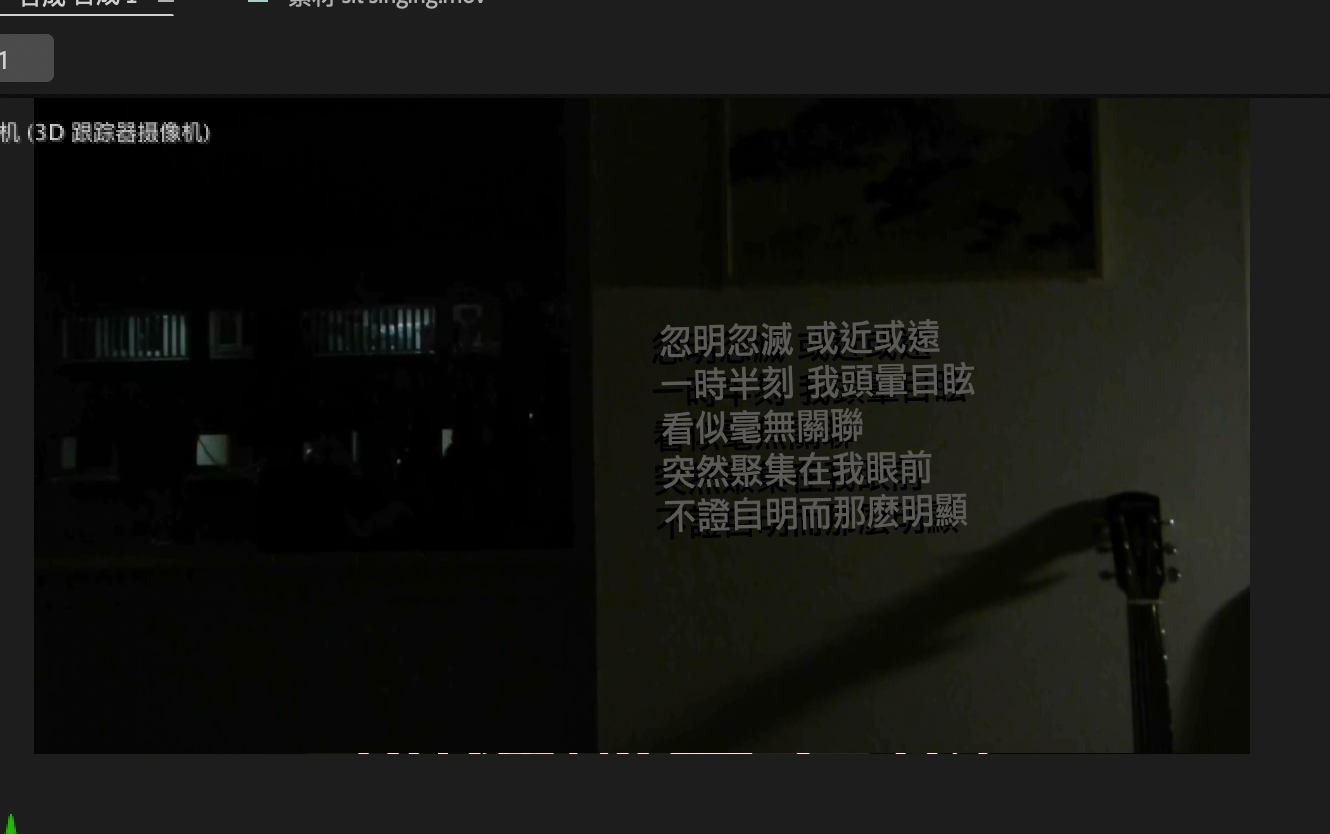
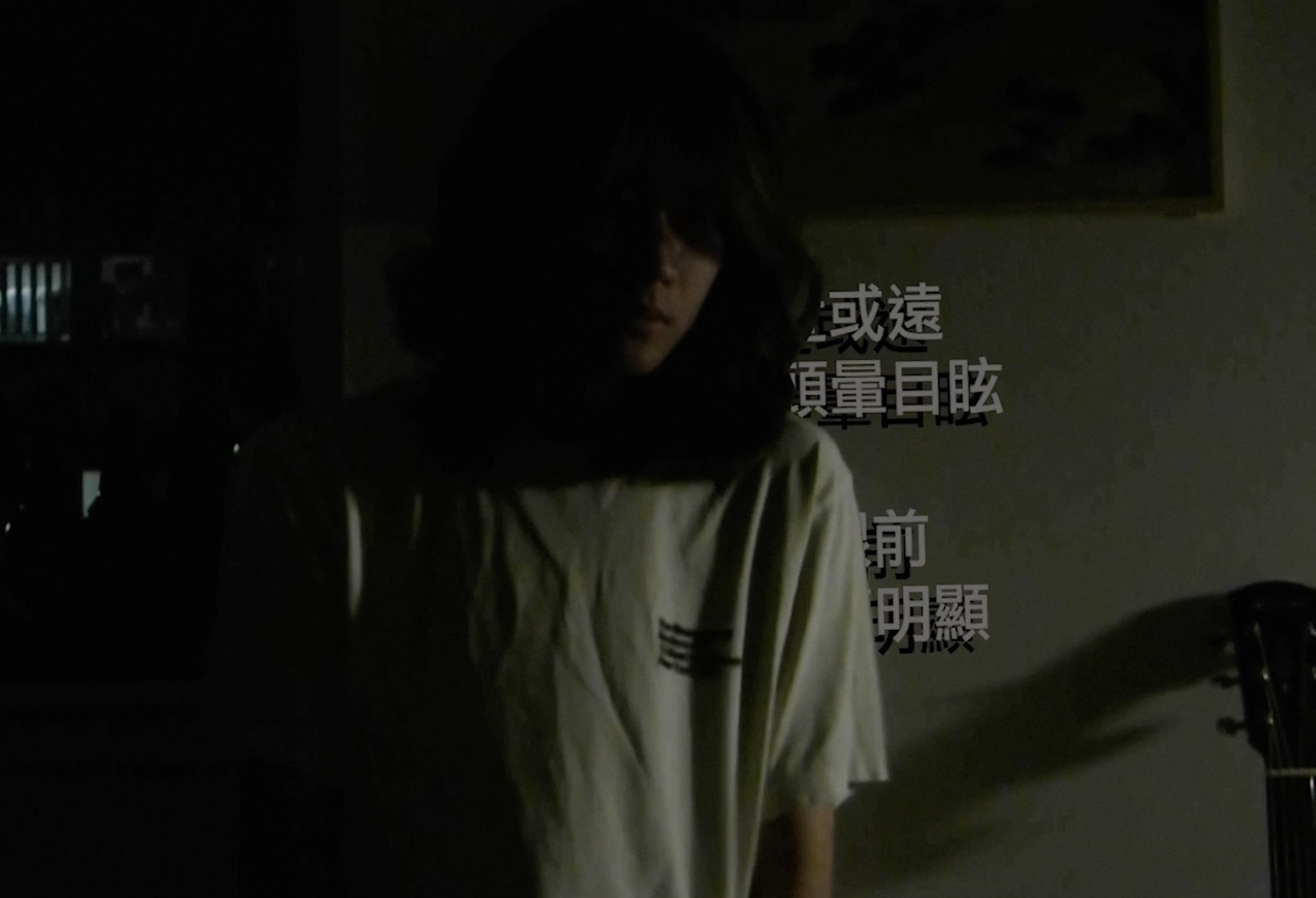
There are many such elements in my work. For me, text is also a crucial component. Here’s an amusing little anecdote worth sharing: in certain scenes (such as the one above), I wanted the text to have a slight shadow effect, allowing it to blend more seamlessly into the environment. However, I genuinely didn’t know how to add shadows to text; none of the methods I’d previously used for 3D objects worked on text layers. So I simply duplicated the text layer, shifted the duplicates slightly, and placed them beneath the original layer. Then I just needed to adjust them to black and add some feathering around the edges. That gave them a convincing ‘shadow’. I know there must be simpler ways, but sometimes a fool’s ingenuity works best, doesn’t it?
I’ve always suspected that life’s minutiae bear traces of their origins. Like autumn mist, they permeate each breath, lingering and clinging, refusing to dissipate. I probe relentlessly, dredging up matters best left untouched. A gravitational pull drags me down, and I grow bitter, letting the evening breeze sweep through my hollowed-out body. At times I feel sorrow, perhaps born of pride, wishing I could do more. Yet it changes nothing. Like these fragments, I know not what guides them, yet they always follow some unseen pattern. All I can do is sway, letting them pass through my body, my soul, then hold my breath, close my eyes, bow my head, and press onward.
I am deeply grateful for this project, which has afforded me an opportunity to re-evaluate my approach. It has also provided a welcome respite from the demands of daily life. Throughout the learning process, I have gained immensely; the support from my fellow students and tutors has been as invaluable as the technical skills themselves. Finally, I shall attach the finished video for your viewing pleasure.
Oh, by the way, this song is the latest release from a band I’m rather fond of. Do give it a listen, everyone. It’s a cracking tune:)